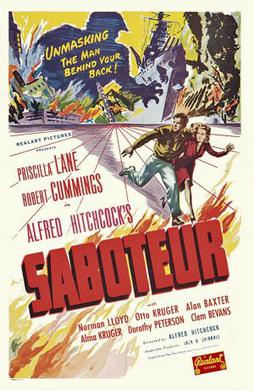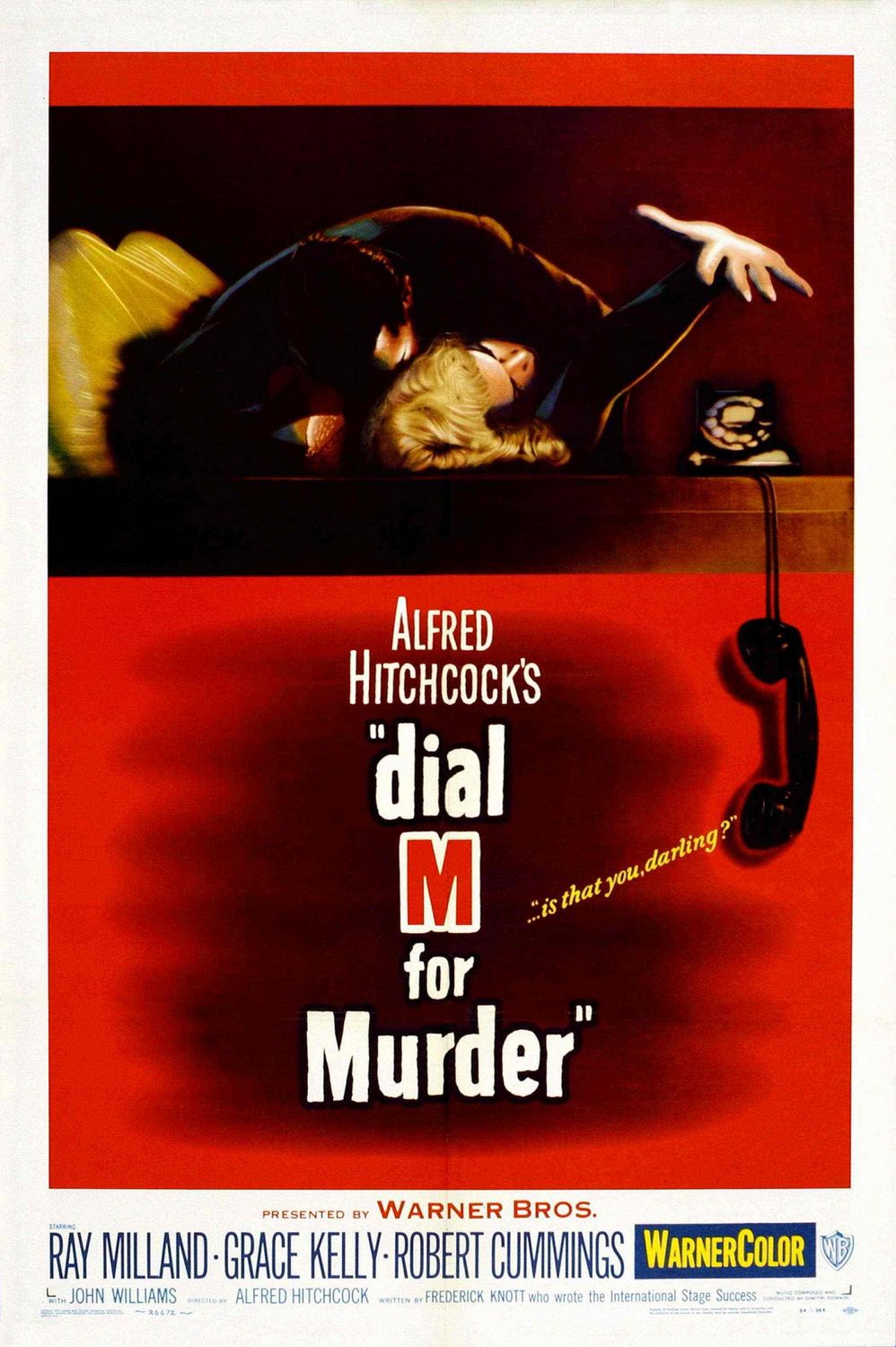 |
| Ann Sheridan and Ronald Reagan in Kings Row |
Fifteen years before the producers of Mark Robson's version of Peyton Place tangled with the enforcers of the Production Code, the producers of Kings Row went through a similar ordeal. Like the Grace Metalious novel on which the later film was based, Henry Bellamann's Kings Row was a sensational picture of small town sordidness and hypocrisy that had to be sanitized against the pecksniffery of the censors. Screenwriter Casey Robinson had to eliminate incest, a gay character, and any hint that the young residents of Kings Row were actually having sex and enjoying it. Robinson's evasions were artful, though sometimes at the expense of the characters: Dr. Tower's murdering his daughter, Cassandra, and then committing suicide seems a little less credible when the incestuous relationship of father and daughter is excised. Still, Kings Row holds up well enough, thanks in large part to solid production values, especially James Wong Howe's cinematography and one of Erich Wolfgang Korngold's best scores. Today, the movie is probably most remembered for giving Ronald Reagan one of his best roles, one that he was so proud of that he borrowed his most famous line from the film, "Where's the rest of me?", as the title of his autobiography. He's well supported by Ann Sheridan, and the cast also includes such always watchable character actors as Claude Rains, Charles Coburn, Judith Anderson, and the hammy but lovable Maria Ouspenskaya. Unfortunately the film's leading role went to Robert Cummings, never the most skillful or charismatic of actors. He's not terrible, but he brings no credibility to the role of Parris Mitchell, supposedly a gifted medical student and amateur pianist. It's this void at the center of the movie that perhaps makes people remember it as a Ronald Reagan film.

